Lung Cancer in Non-Smokers: Understanding a Separate Cohort
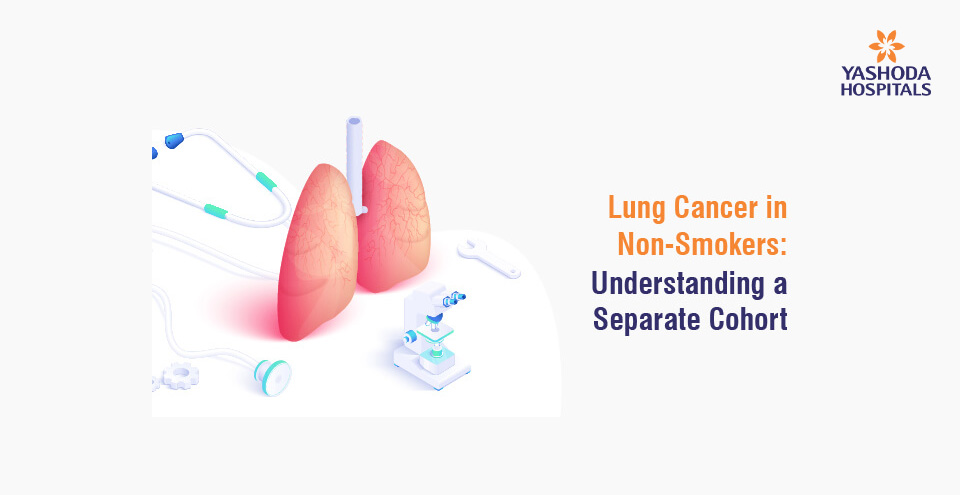
Lung cancer is responsible for more deaths than any other type of cancer worldwide. While it is commonly associated with smoking, it can also affect non-smokers or never-smokers. In fact, up to 20% of all lung cancer cases occur in non-smokers, with a separate cohort known as LCINS (lung cancer in never smokers). LCINS patients have unique characteristics and challenges, including minimal symptoms and different genetic mutations, which require targeted screening and treatment approaches. LCINS patients are also generally younger than smokers with lung cancer. Lung cancer in non-smoking females is more common than in non-smoking men. Understanding the distinct nature of lung cancer in non-smokers is crucial for improving outcomes and reducing the global burden of this disease. The most common types of lung cancer in never smokers are adenocarcinomas (50–60%) and squamous cell carcinomas (10–20%), while carcinoid and small cell lung cancers are rare (6–8%).
What are the symptoms of lung cancer in nonsmokers?
Lung cancer can sometimes be asymptomatic, which is why regular screening is recommended for individuals at high risk, such as those with a history of heavy smoking. However, some early symptoms of lung cancer in non-smokers or individuals who may not have a significant smoking history include:
- Chronic cough that does not go away or worsens over time
- Shortness of breath or difficulty breathing, even when at rest or during light physical activity
- Chest pain that is persistent or worsens with deep breathing or coughing
- Unexplained weight loss or loss of appetite
- Fatigue or weakness
- Wheezing or hoarseness
- Recurrent respiratory infections, such as bronchitis or pneumonia
- Swelling in the face or neck
- Bone pain or fractures, especially in the back or hips
These symptoms can be caused by conditions other than lung cancer, but if one experiences any of these symptoms and they persist for more than a few weeks, it’s important to consult a doctor for further evaluation.
What approaches are used to diagnose lung cancer in nonsmokers?
The diagnosis of lung cancer in non-smokers is similar to that in smokers and may include:
- Imaging tests: Imaging tests like chest X-rays, CT scans, and MRI scans are used to identify abnormalities in the lungs that may indicate the presence of cancer.
- Biopsy: A biopsy involves taking a small tissue sample from the lung for examination under a microscope to confirm the presence of cancer cells.
- Blood tests: Blood tests can detect certain substances like tumor markers that may be produced by cancer cells.
- Pulmonary function tests: Pulmonary function tests are used to evaluate lung function and determine if there is a decrease in lung capacity due to the cancer.
- PET scan: A PET scan is a type of imaging test that can help detect the spread of cancer to other parts of the body.
The doctor will determine the best diagnostic approach based on the type and stage of cancer. In some cases, a multidisciplinary team of healthcare professionals may be involved, including a pulmonologist, radiologist, oncologist, and surgeon.
What are the predisposing factors for the development of lung cancer in these non-smokers?
While smoking is the most common risk factor for lung cancer, there are several other factors that can increase the risk of developing lung cancer in non-smokers. Some of these factors include:
- Exposure to secondhand smoke: Exposure to smoke from other people’s cigarettes, cigars, or pipes causes lung cancer in non smokers.

- Exposure to radon gas: Radon is a naturally occurring radioactive gas that can accumulate in homes and buildings, particularly in areas with high levels of uranium in the soil. Prolonged exposure to high levels of radon can increase the risk of lung cancer.
- Environmental exposures: Exposure to certain chemicals and pollutants, such as asbestos, arsenic, diesel exhaust, and air pollution, can increase the risk of developing lung cancer.
- Family history: A family history of lung cancer may increase the chances of developing the disease.
- Genetic factors: Certain genetic mutations may increase the risk of developing lung cancer.
- Lung disease: Chronic lung diseases, such as emphysema and chronic obstructive pulmonary disease (COPD), may increase the risk of developing lung cancer.
Non-smokers who develop lung cancer do not have any known risk factors, which highlights the need for regular screening and early detection.
What are the treatment options for lung cancer in non-smokers?
The treatment of lung cancer in non-smokers is generally similar to that in smokers and may depend on the stage of the cancer, the location of the tumor, and the overall health of the patient. Some common treatment options include:
- Surgery: Surgical removal of the tumour is often the preferred treatment for early-stage lung cancer in non-smokers to stop the spread of the tumour.
- Radiation therapy: Radiation therapy uses high-intensity radiation to kill cancer cells and shrink tumours.
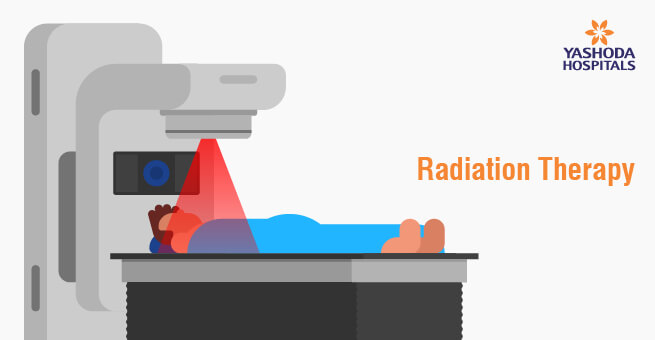
- Chemotherapy: Drugs are administered to kill cancer cells throughout the body in chemotherapy.
- Targeted therapy: Drugs are used to target specific molecules or genetic mutations that are present in cancer cells while sparing normal cells.
- Immunotherapy: Immunotherapy works by stimulating the immune system to attack cancer cells.
- Palliative care: It focuses on relieving symptoms and improving quality of life for patients with advanced or metastatic lung cancer.
In many cases, a combination of these treatments may be used to provide the best outcome. Regular monitoring and follow-up care are also important to detect any signs of recurrence or progression.
Did you know that early-stage lung cancer can be treated with a recovery rate of up to 90%?
Lung cancer in non-smokers is a serious and growing concern that can affect anyone, regardless of age, gender, or smoking history. The impact of this disease extends far beyond the individual diagnosed, causing heartbreak and pain for their loved ones. It’s hard to fathom that a disease once thought to be solely caused by smoking can affect innocent children and young adults.
Therefore, it is crucial to recognise that exposure to environmental factors can play a significant role and that early detection and treatment are vital to improving outcomes. By increasing awareness, investing in research, and advocating for resources, we can work towards better understanding and addressing this public health issue. Together, let us approach this issue with empathy and compassion, finding solutions and bringing hope to those affected by this terrible disease.
References:
- Just Diagnosed With Lung Cancer: Answers from an Expert
https://www.cancer.net/blog/2018-06/just-diagnosed-with-lung-cancer - Lung cancer – Symptoms and causes
https://www.mayoclinic.org/diseases-conditions/lung-cancer - Lung Cancer
https://my.clevelandclinic.org/health/diseases/4375-lung-cancer







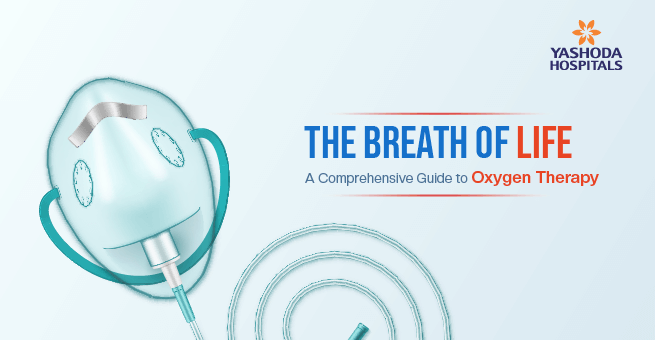



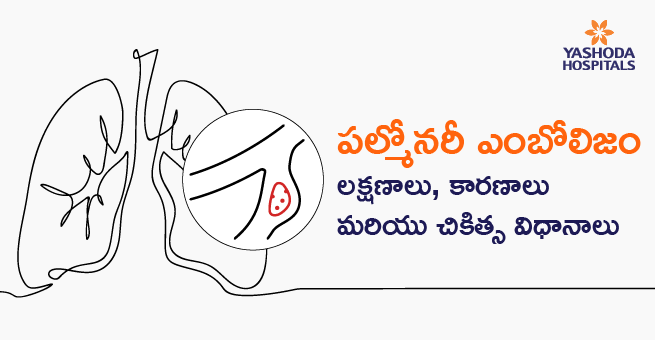
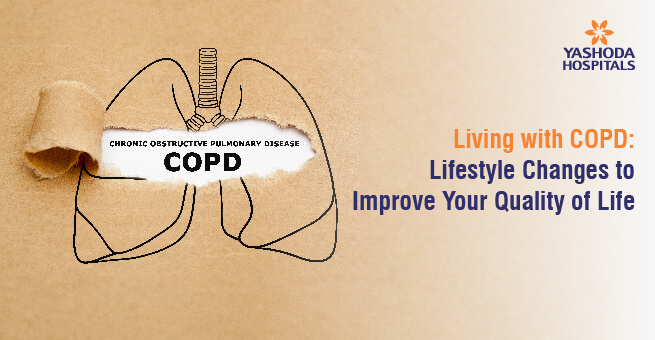
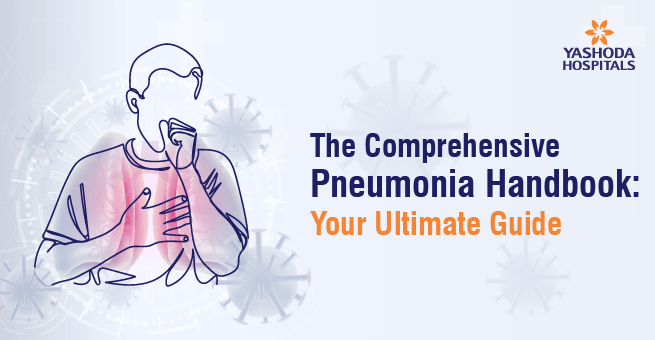
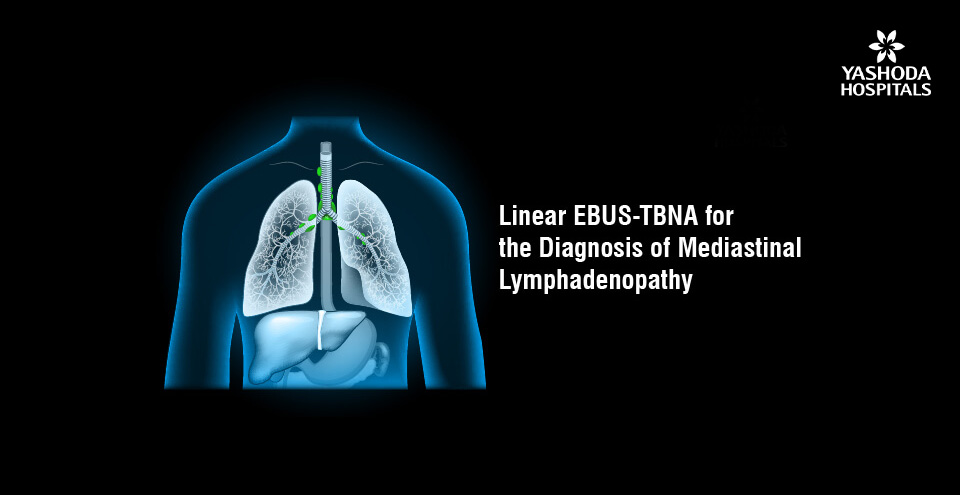

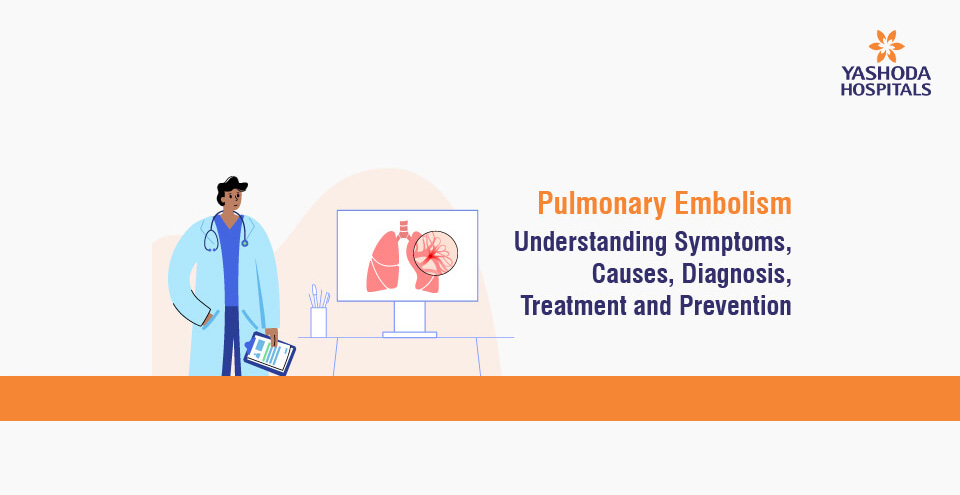





 Appointment
Appointment WhatsApp
WhatsApp Call
Call More
More